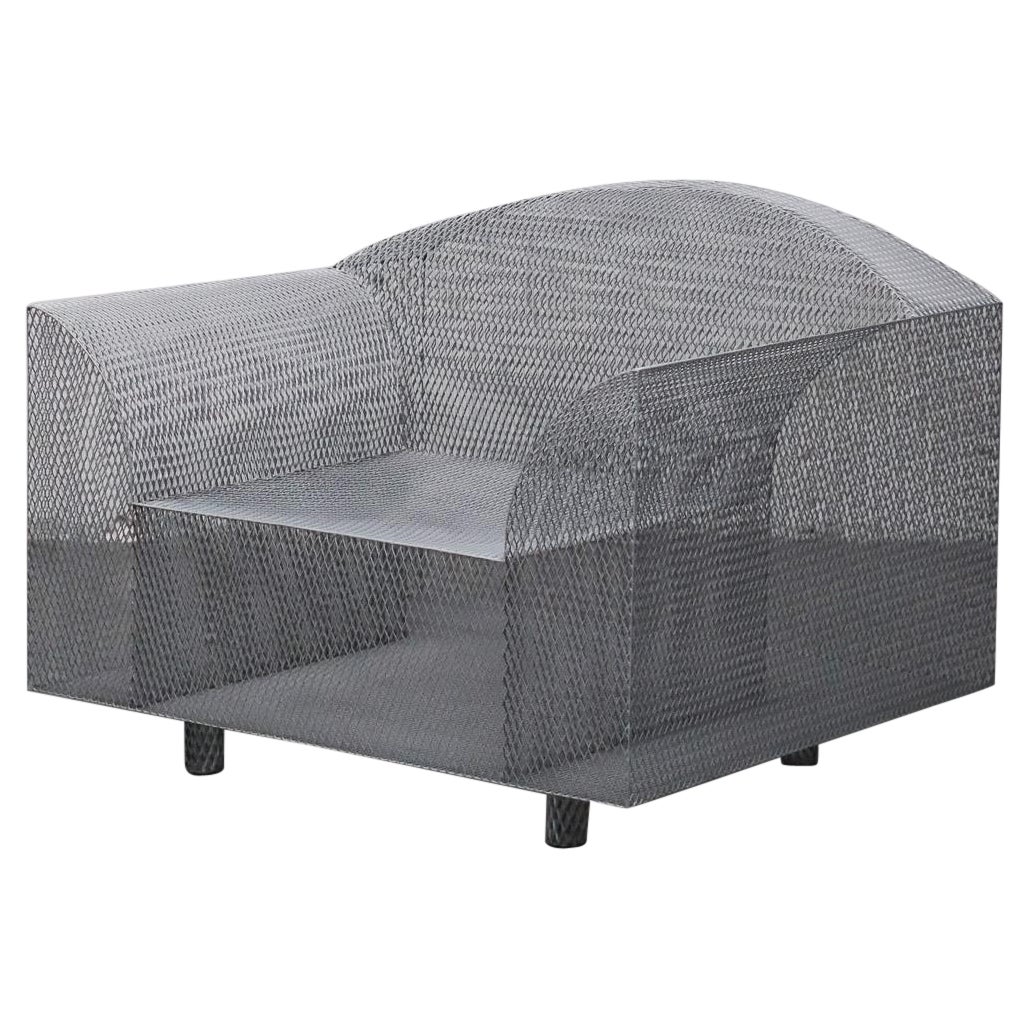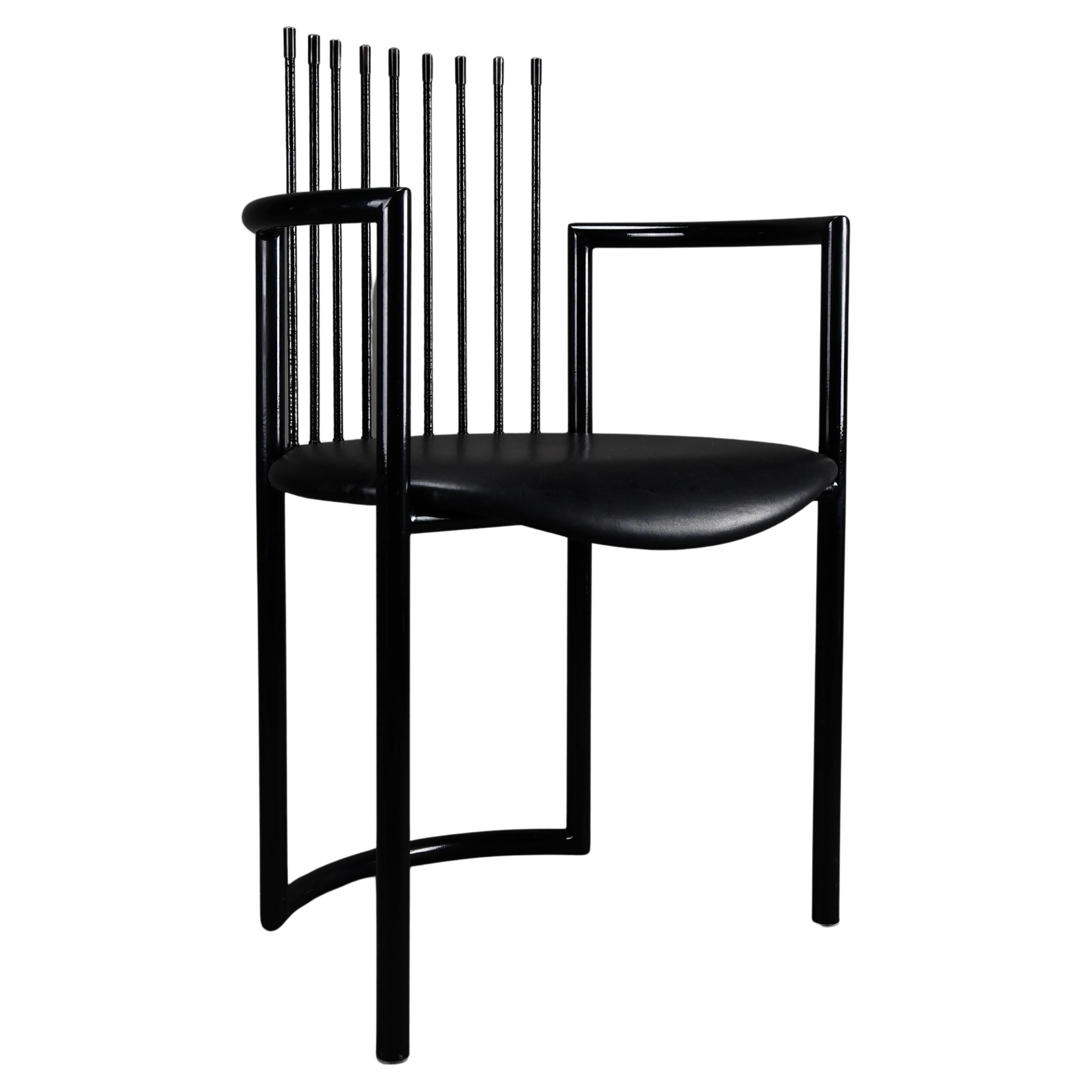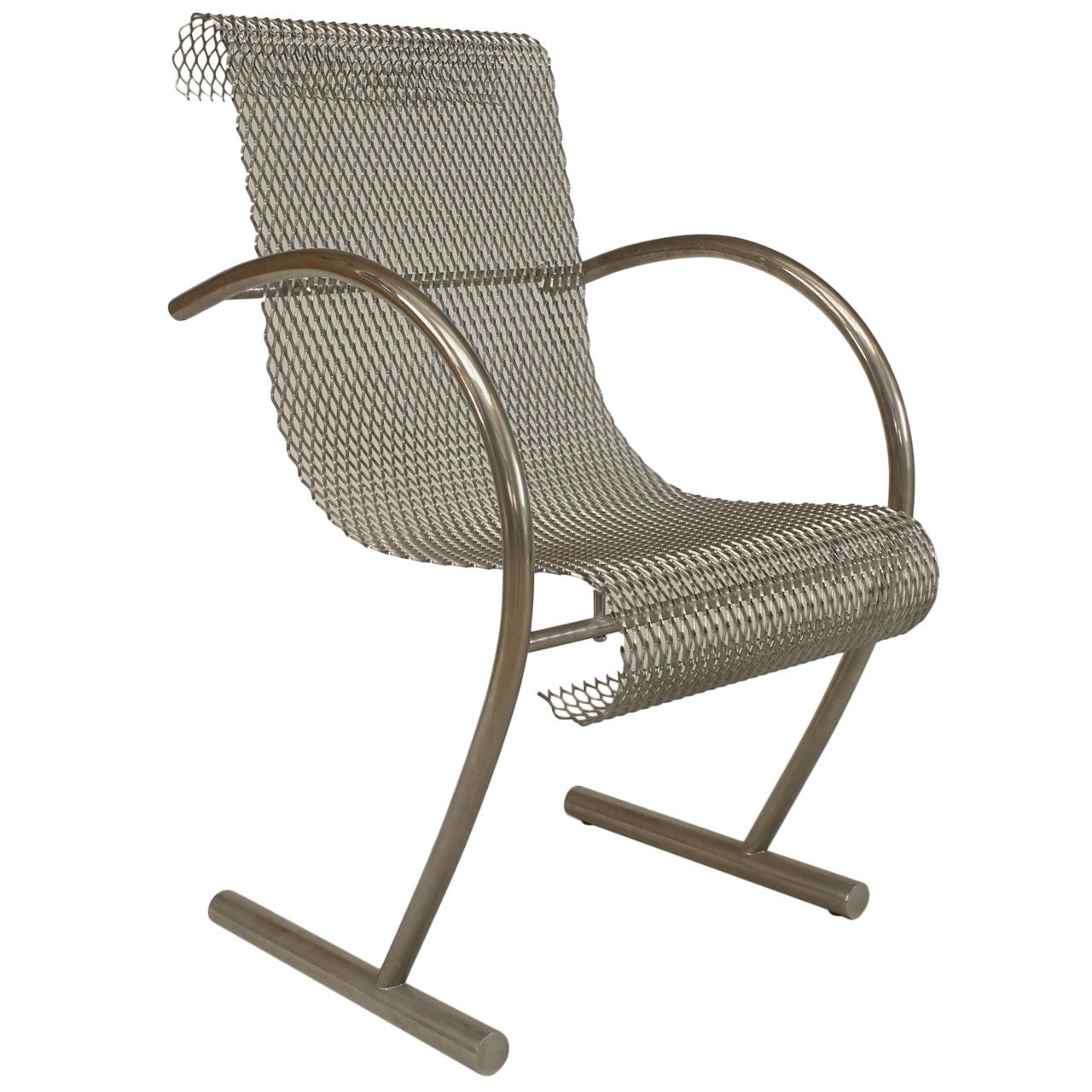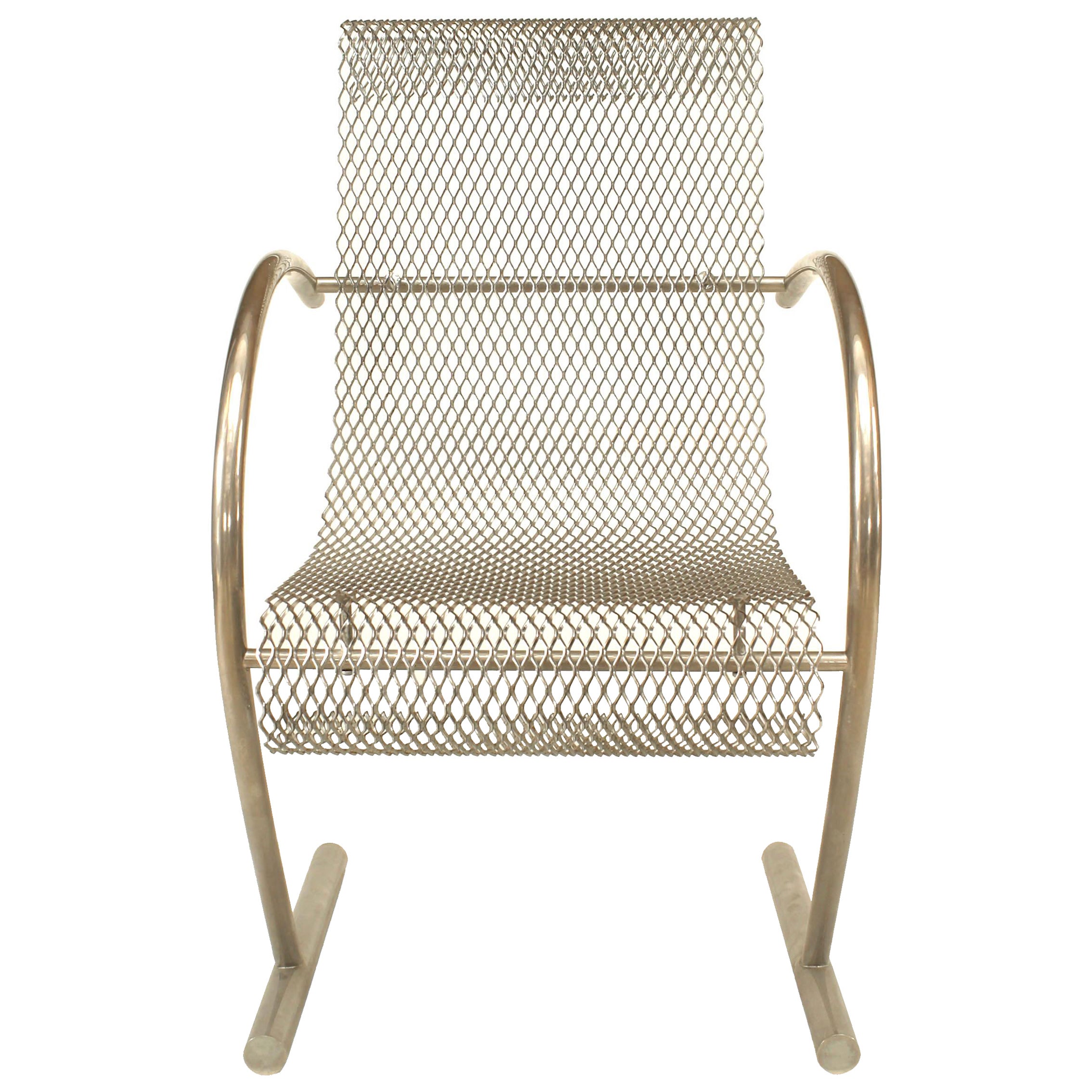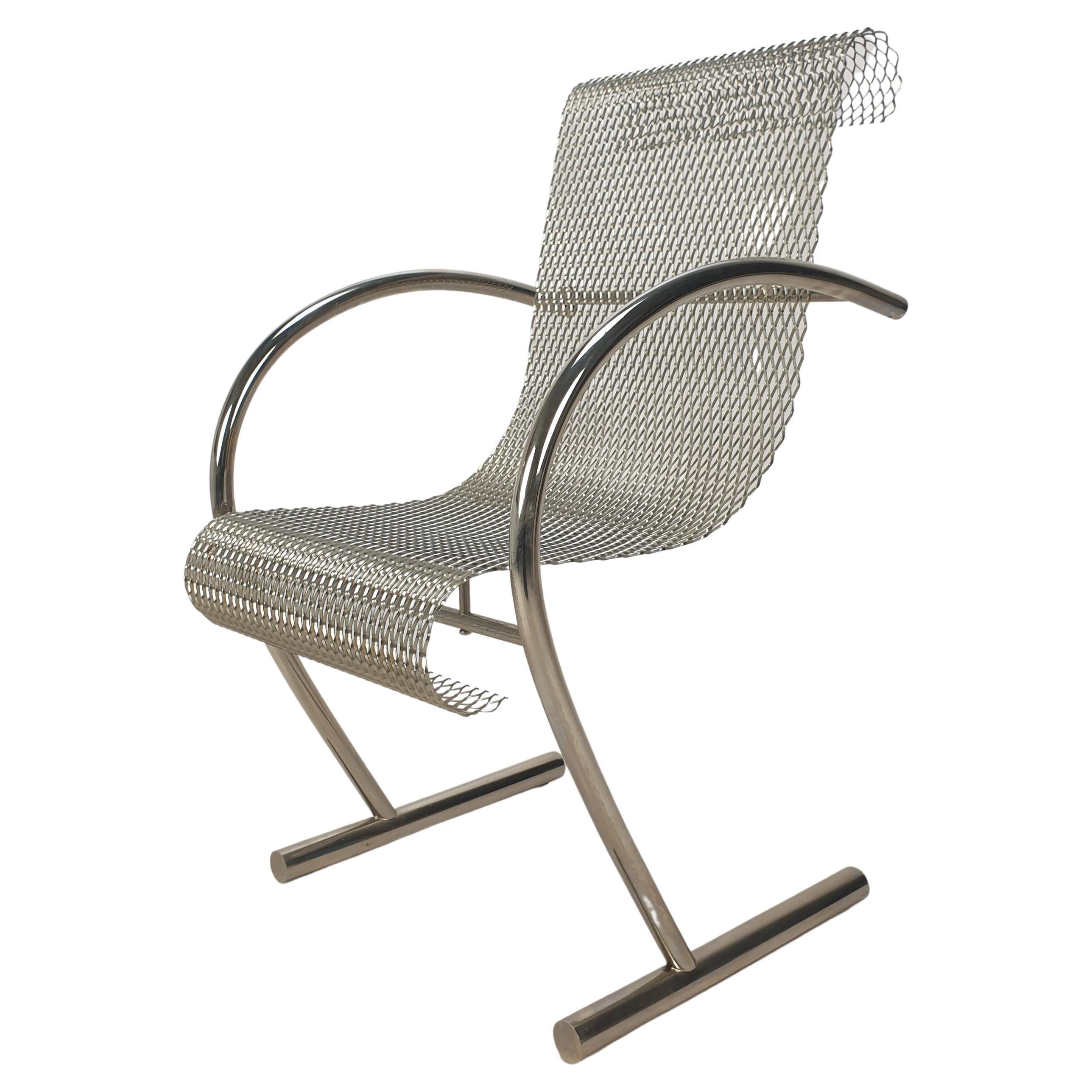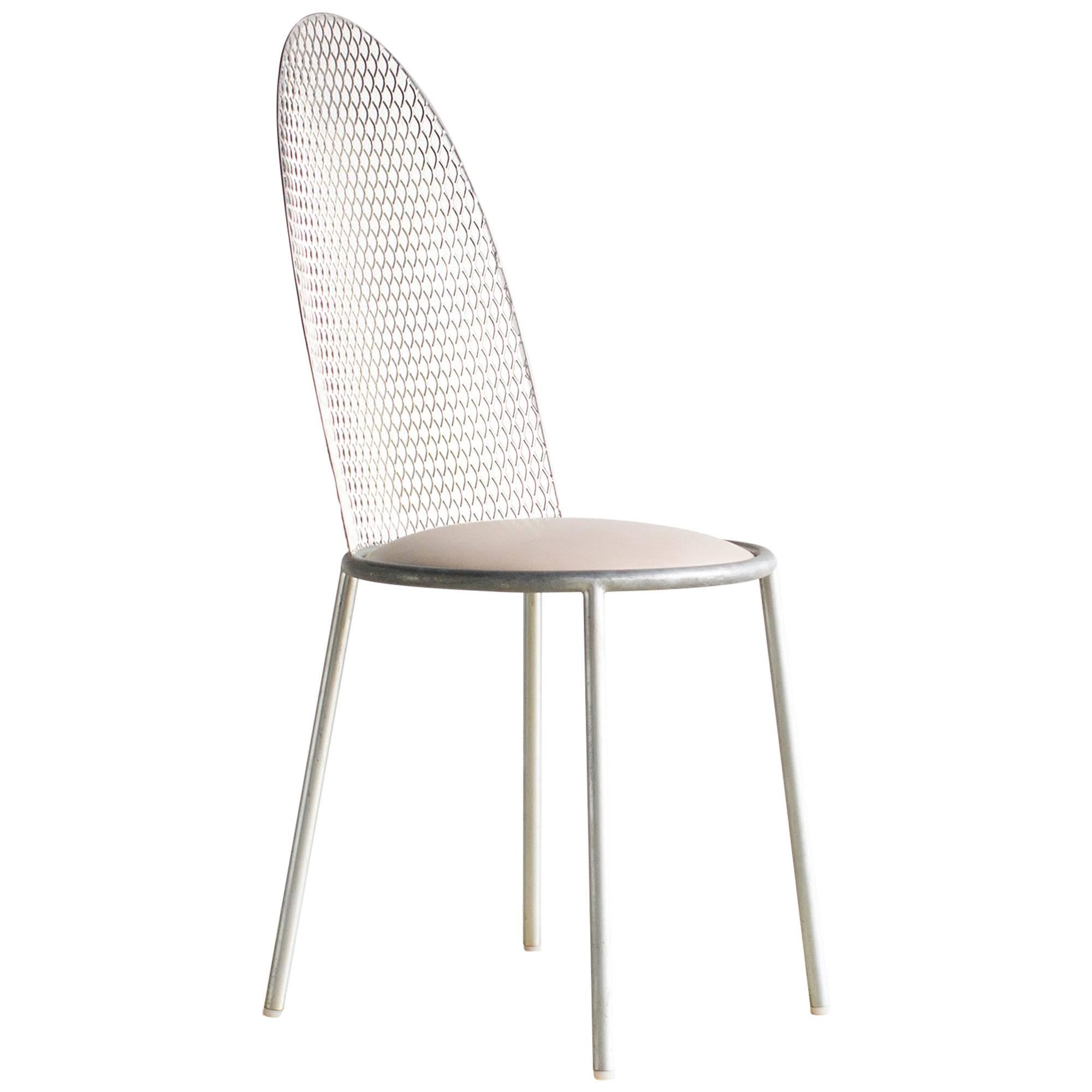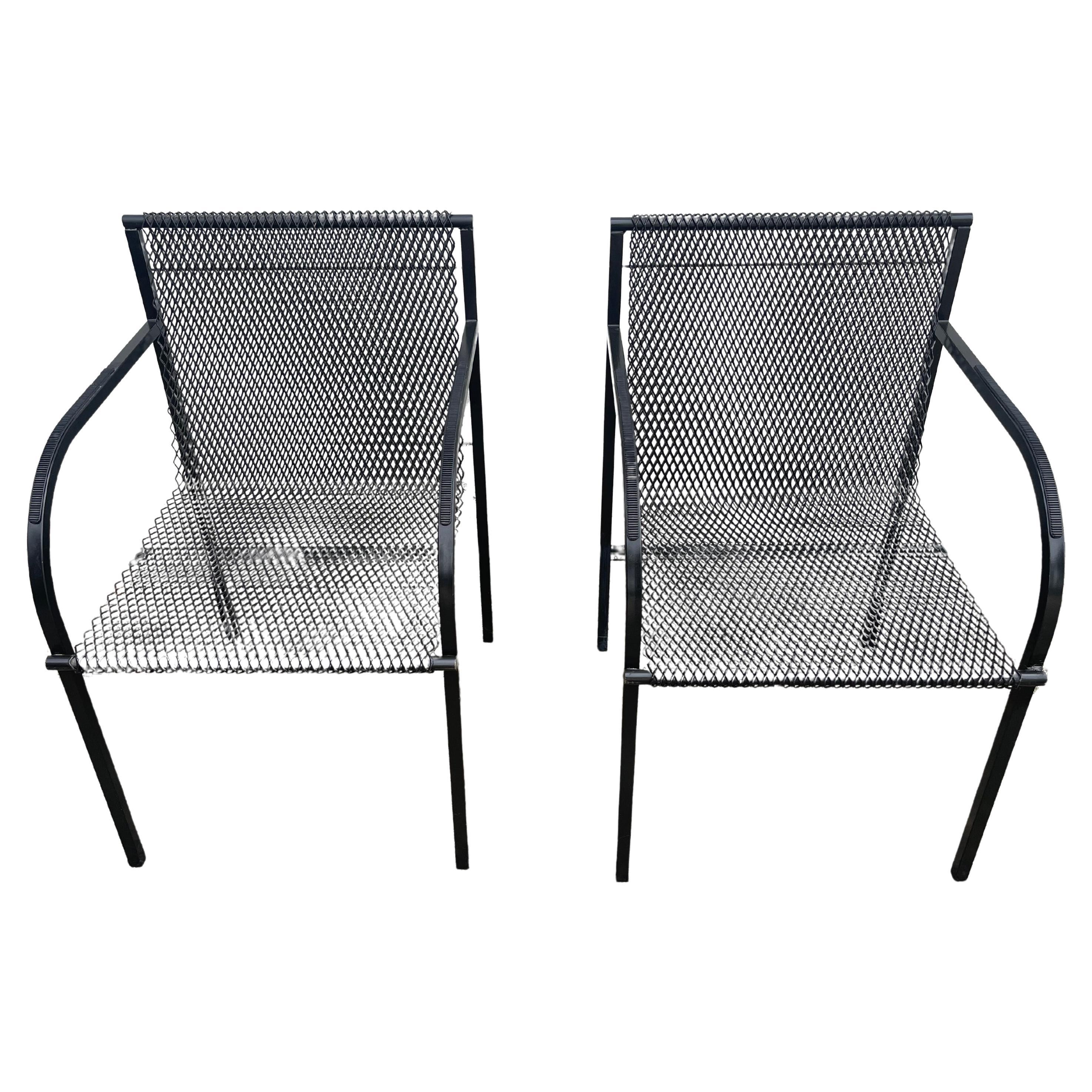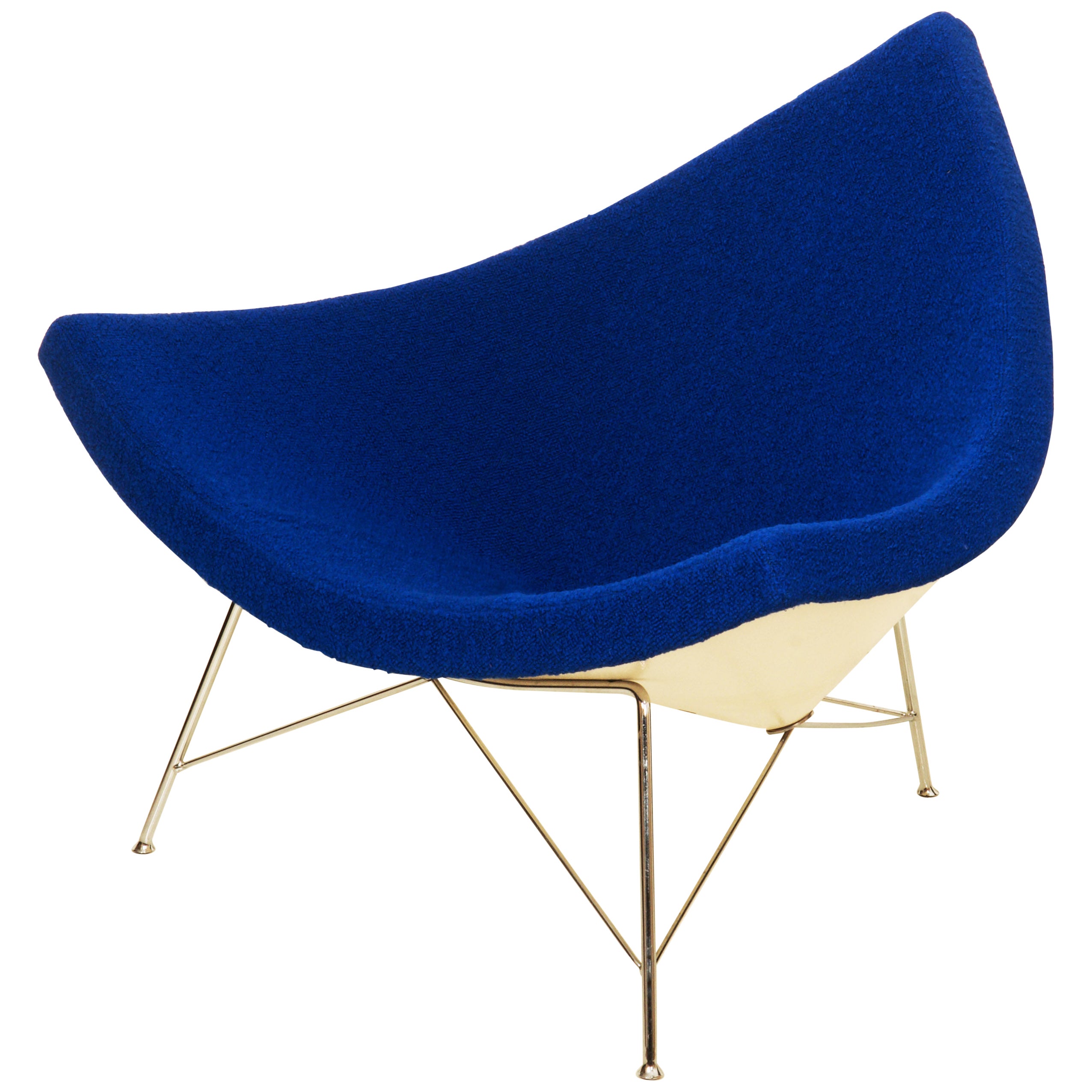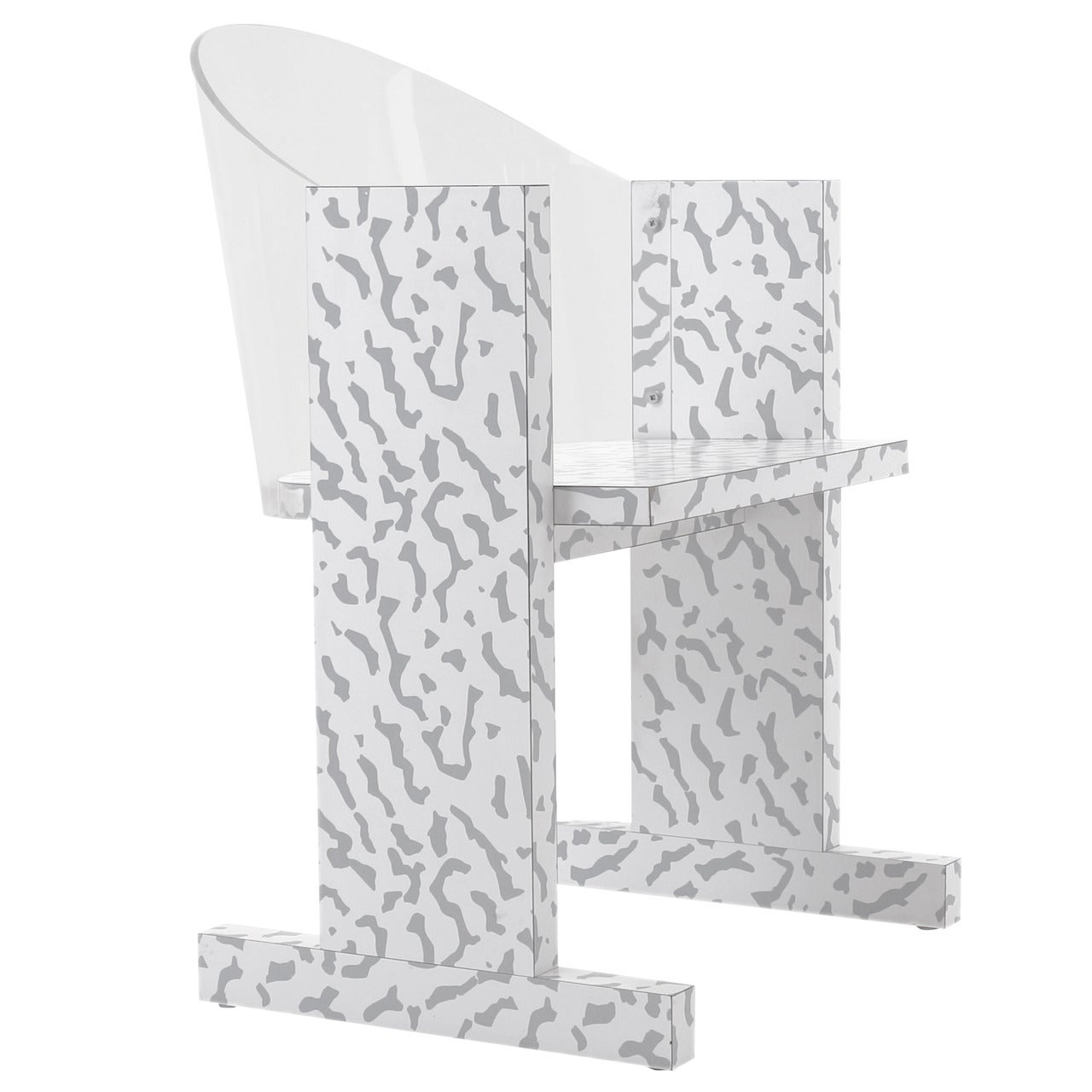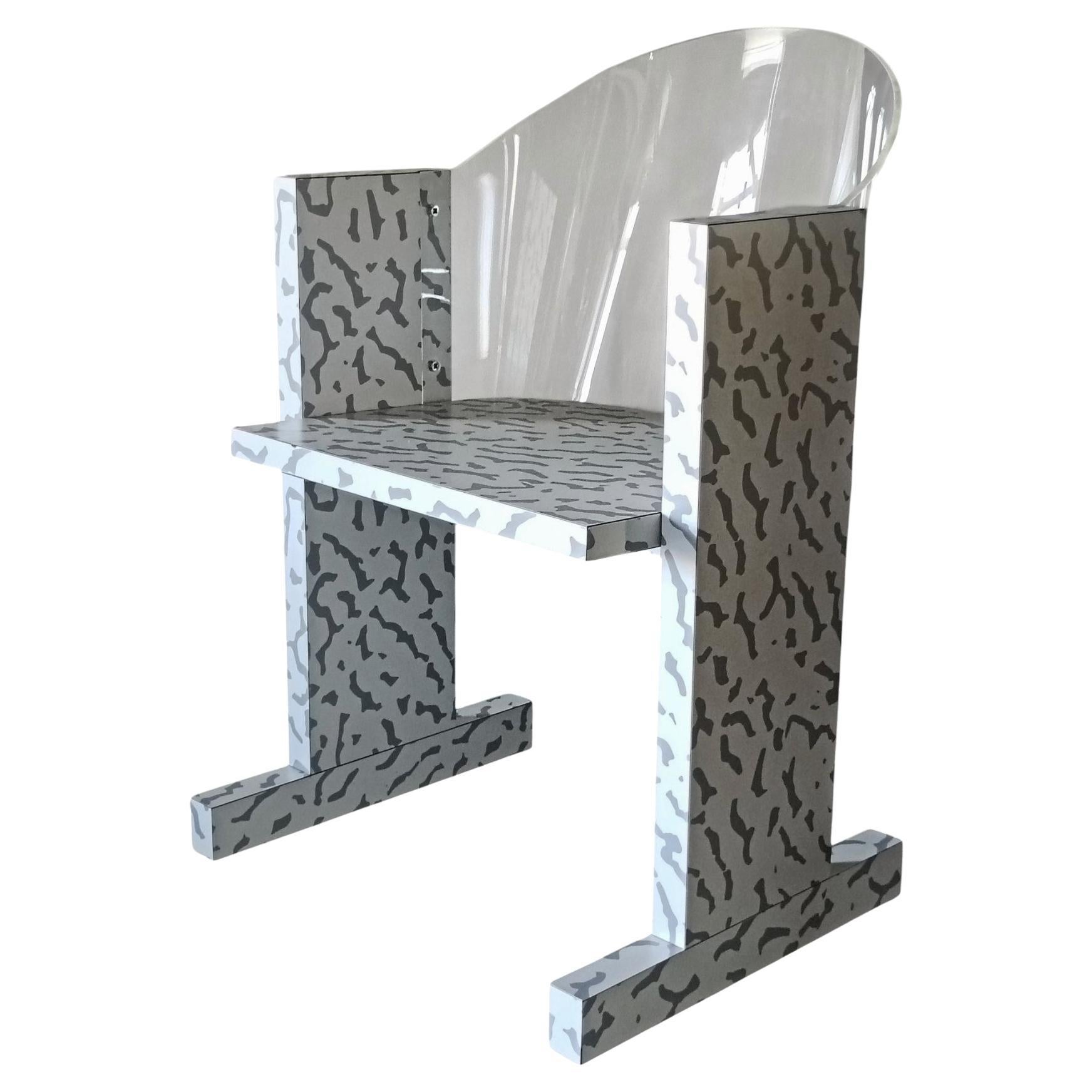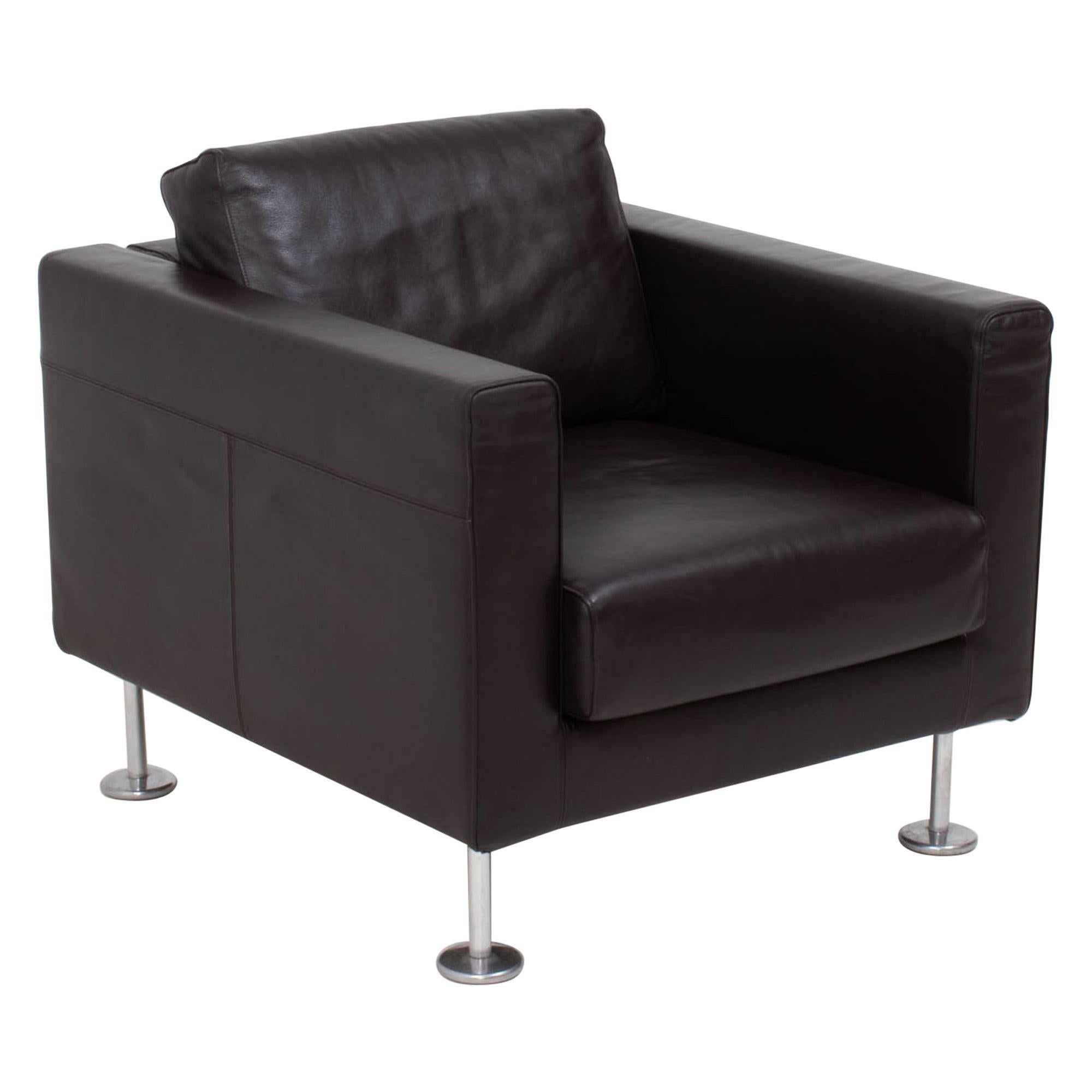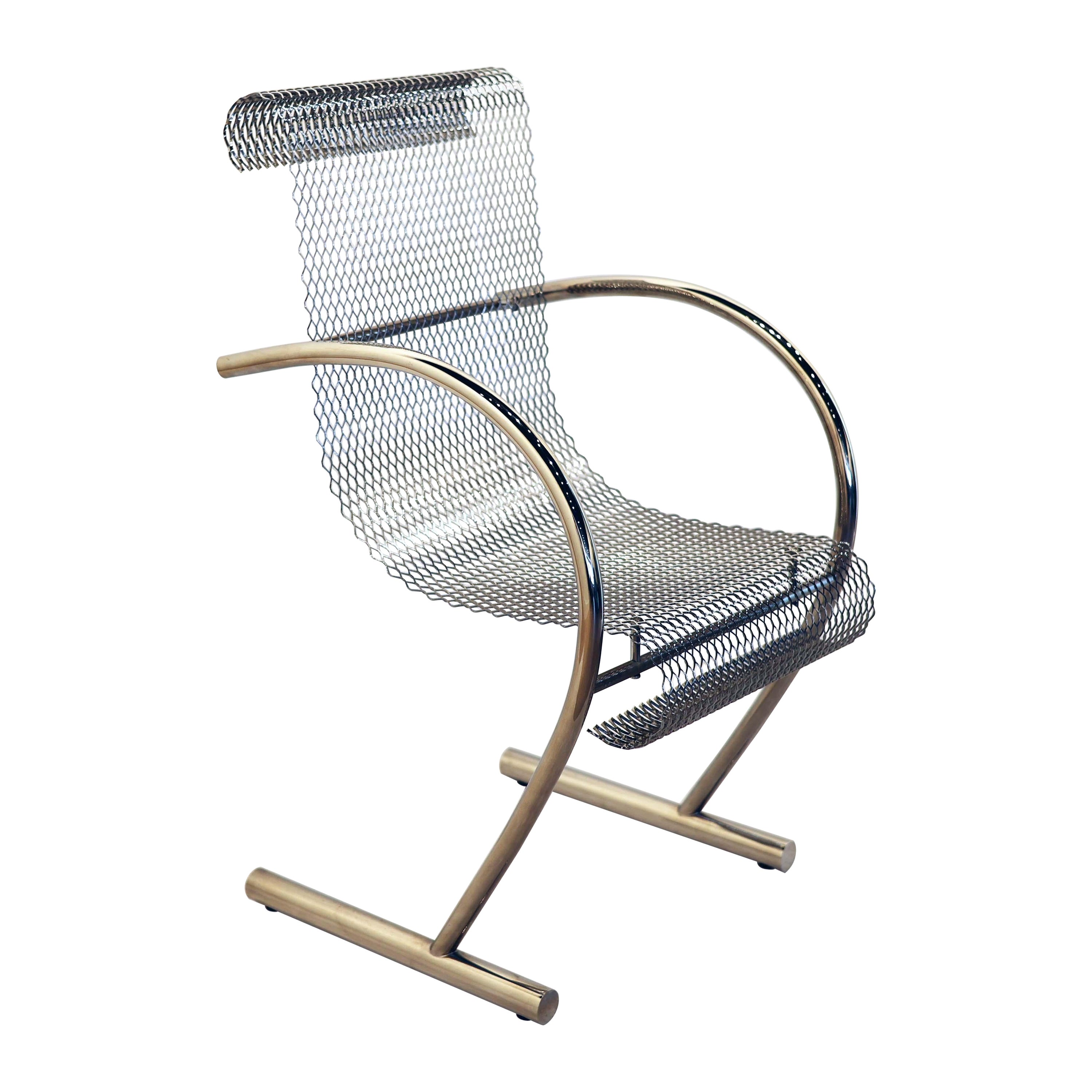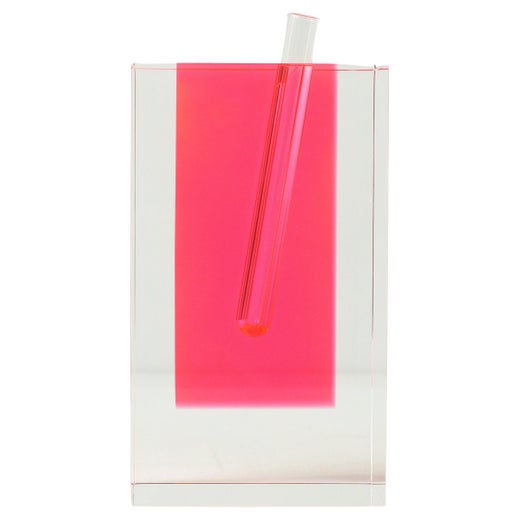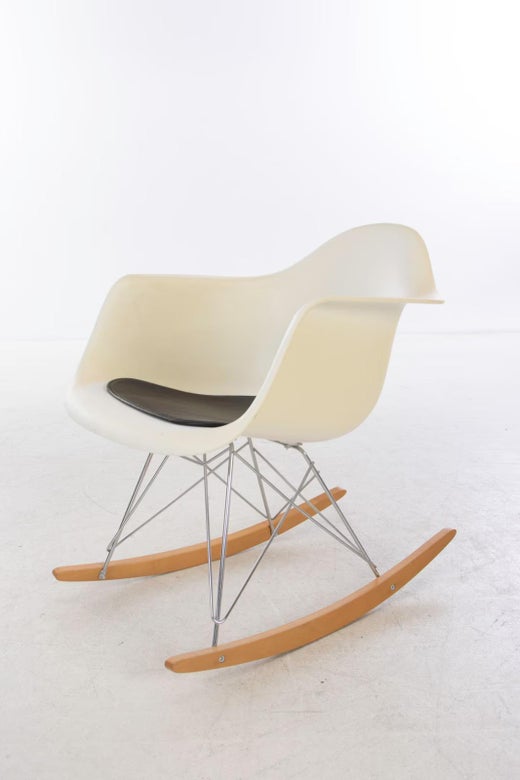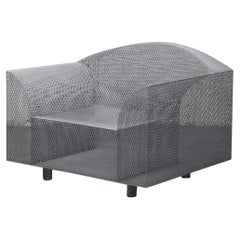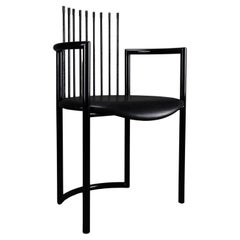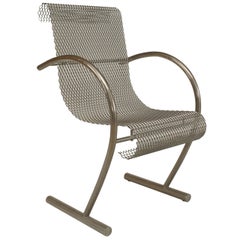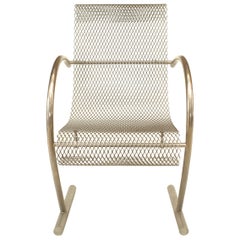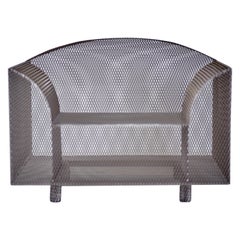
Shiro Kuramata, How High the Moon Armchair, Vitra Edition, 1986
View Similar Items
Shiro Kuramata, How High the Moon Armchair, Vitra Edition, 1986
About the Item
- Creator:Vitra (Maker),Shiro Kuramata (Designer)
- Dimensions:Height: 28.35 in (72 cm)Width: 37.41 in (95 cm)Depth: 32.68 in (83 cm)
- Style:Mid-Century Modern (Of the Period)
- Materials and Techniques:
- Place of Origin:
- Period:1980-1989
- Date of Manufacture:1986
- Condition:Wear consistent with age and use.
- Seller Location:Milan, IT
- Reference Number:1stDibs: LU3372114303301
Shiro Kuramata
Few designers have blended Minimalism and Surrealism into artistic furniture as successfully as Shiro Kuramata. His experimentation with form, function, color and motif informed cabinets, chairs and side tables that are as mystifying as they are visually striking.
Born in Tokyo in 1934, Kuruamata studied at the Kuwasawa Design School. In the 1970s and ’80s, he explored industrial materials in his designs. Inspired by Italian architect and designer Ettore Sottsass, Kuramata produced irreverent and bold work. In 1981, Kuramata joined Sottsass in his founding of the Memphis Group, named for a Bob Dylan song. The Milan-based collective aimed to turn the status quo on its head and redefine what was considered appealing in modern furniture style.
His experience with the Memphis Group led Kuramata to embrace unconventional optical effects. No piece embodies this more skillfully than the Miss Blanche chair. Crafted with transparent resin and flecked with rose-petal flecks, it gives the illusion that the sitter is floating.
The How High the Moon armchair is a prime example of his playful nature and willingness to challenge the expectations for furniture design. Including shards of colored glass in concrete surfaces, his “star piece” material was prevalent throughout his work, giving the tops of his end tables and coffee tables a brazen, gem-encrusted appearance. His daring approach to design can also be seen in pieces like his sheer glass bookcases with their seemingly fragile shelves.
Kuramata created many visual delights before his death in 1991. His work is in the collections of the Museum of Modern Art and Metropolitan Museum of Art in New York. His pieces remain highly prized by collectors and design enthusiasts worldwide.
On 1stDibs, explore a selection of vintage Shiro Kuramata seating, storage pieces, decorative objects and more.
Vitra
Design house Vitra has garnered international recognition for more than 70 years — the Swiss family-owned furniture company has outfitted public spaces as well as residential properties and offices worldwide. It has been a proponent of modernist design since the 1950s. While the brand is heralded for its collaborations with mid-century modern icons such as Verner Panton, Charles and Ray Eames, Alexander Girard and others, Vitra’s German campus is also home to buildings designed by legendary architects Zaha Hadid and Frank Gehry. Among them is the Vitra Design Museum, an independent cultural institution that displays two centuries of design today.
Vitra was established in Weil Am Rhein, Germany, in 1950 by husband and wife team Willi and Erika Fehlbaum. On a trip to New York several years later, Willi Fehlbaum encountered the work of design polymaths Ray and Charles Eames in a furniture store and immediately knew that he had found his bliss.
In 1957, Vitra entered into a licensing agreement with Herman Miller, which saw the company producing designs by George Nelson, the Eameses and others. Later, Vitra partnered with Verner Panton and created the Panton chair, which was the first chair ever crafted from a single piece of molded plastic (it was also the first piece to be independently developed by Vitra). After 27 years of establishing the Vitra brand, the Fehlbaums passed control to their two sons, Rolf and Raymond Fehlbaum.
When a fire destroyed the factory in 1981, the brothers developed the Vitra Factory Campus, subsequently taking the opportunity to redirect the architectural landscape of the company. They created a masterplan with Nicholas Grimshaw, and together they erected four buildings in just a few short years.
In 1988, with the passing of Ray Eames and the disbandment of the Los Angeles Eames office, Rolf and Raymond acquired the furniture design portion of her estate, including the Eames prototypes and experimental models, housed today in the Vitra Design Museum.
Rolf and Roy opened the Vitra Design Museum in 1989. This began a period rich with design relationships, including collaborations with Antonio Citterio, Jasper Morrison, Maarten van Severen, Philippe Starck, Alberto Meda and others.
In 2012, leadership passed to Nora, the third generation of the Fehlbaums. Nora Fehlbaum has, like her grandparents, expanded the company and brought it into the 21st century with the acquisition of Finnish furniture manufacturer Artek. Nora has turned the company’s focus to sustainability yet still maintains its international and cultural relevance legacy.
Find a collection of Vitra lounge chairs, tables, side chairs, sofas and other furniture on 1stDibs.
You May Also Like
Vintage 1980s Japanese Minimalist Armchairs
Stainless Steel
Vintage 1980s Italian Post-Modern Armchairs
Steel
Vintage 1960s Japanese Modern Armchairs
Steel
20th Century American Modern Armchairs
Metal, Steel
Vintage 1980s French Mid-Century Modern Armchairs
Metal
Vintage 1980s Japanese Post-Modern Chairs
Metal, Steel
